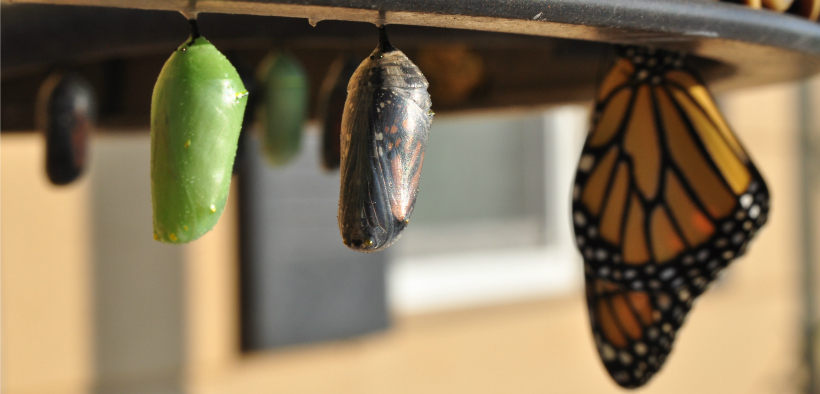Reflections on “Becoming” a Department Chair
This article first appeared in Academic Leader on November 2, 2020. © Magna Publications. All rights reserved. Michelle Obama’s best-selling book, Becoming, offers a glimpse into her life becoming not only the first lady of the United States but also, and more importantly, a strong African American woman. The former first lady...
Follow-up Budget Questions for New Chairs: Flexibility, Carry Over, and Incentives
To provide some basic budgeting and finance information to new chairs with little or no experience in this area, in my June article I recommended some questions for them to ask their dean prior to or at the outset of their terms as chairs. The questions on the sources of...
Conversations about Course Ratings: Encouraging Faculty to Make Changes
Talking with faculty about end-of-course ratings is generally a high-stakes conversation where merit raises, promotions, or permanent contracts are on the line or at least hovering in the background of the exchange. Most chairs, program coordinators, or division heads would like to use the conversation for more formative purposes—to engage...
Creating a Strong Chair-Dean Partnership: What Chairs Can Do from Their End (Part 2)
In Part 1 of this two-part series on strengthening the relationship between chairs and deans, we discussed prioritizing student success and satisfaction, capitalizing on the institution’s greatest investment—the faculty— and developing a vision that goes beyond departmental considerations. Here we will continue with three additional points detailing what a chair...
Creating a Strong Chair-Dean Partnership: What Chairs Can Do from Their End (Part 1)
In viewing the organizational structure of our colleges and universities, there is a common hierarchy of faculty, chairs, deans, and higher administration that includes a president or campus leader and may include a provost or the equivalent. Much has been written about the interaction of chairs with their faculty. Inherent...
Target Mentoring: A Tailored Mentoring Program for Faculty
t the University of Maine, my colleagues and I have conducted a lot of research on faculty mentoring. The campus-wide Rising Tide Center—funded originally by a National Science Foundation ADVANCE grant—has helped implement several kinds of mentoring programs across our campus, finding that a combination of mentoring programs is best...
The Case for Chairs Working Beyond Their Departments
Over the past two decades, the responsibilities of academic department chairs have grown in both number and complexity. The newer work for chairs has not replaced traditional duties but rather has been layered on top of them. Many of the emerging chair responsibilities are related to calls for accountability, expectations...
How to Select a Department Chair
In most academic departments, chairs are elected—or at least recommended to the dean—through a vote of the faculty. At other institutions, the chair rotates among the entire full-time or tenured faculty, while at still others the upper administration appoints the chair either from among current members of the department or...
Department Chairs: Trends and Issues Over Time
Spoiler alert: people are serving in the role of department chair for fewer years than in the past. Since 2007, my colleague Richard Riccardi and I have yearly surveyed department chairs across the country in an effort to better understand and appreciate the prominent characteristics of this distinct and unique...
Rethinking Councils of Chairs
Over the last two decades there have been occasional conference presentations and articles in the higher education literature about collectives of academic department chairs that meet to discuss a variety of topics. These groups are not the same as a chairs’ council that is convened on a regular basis by...












